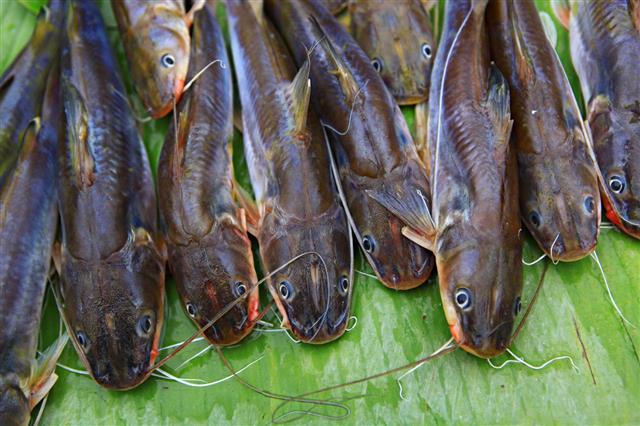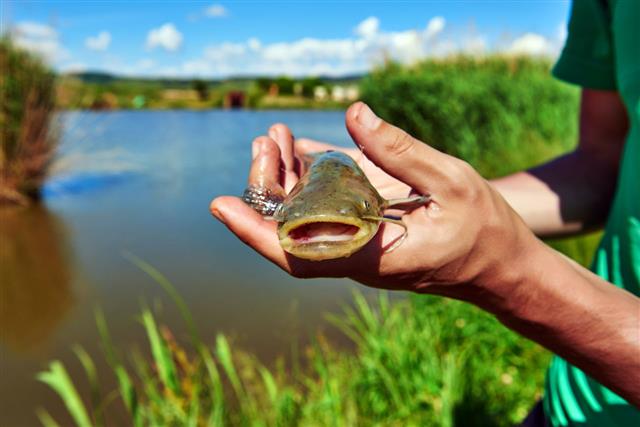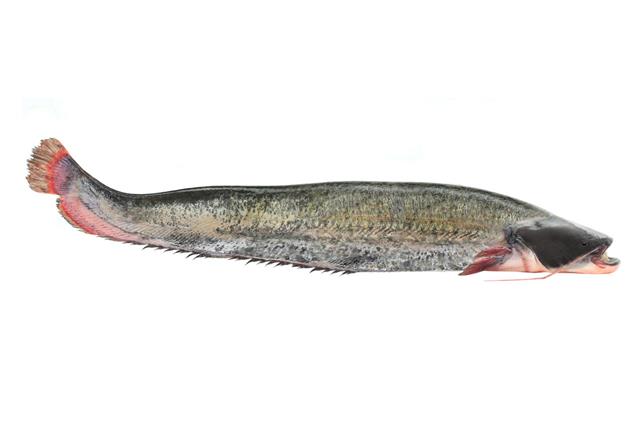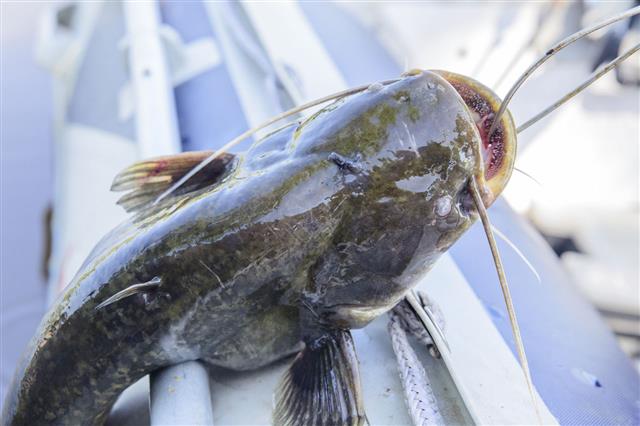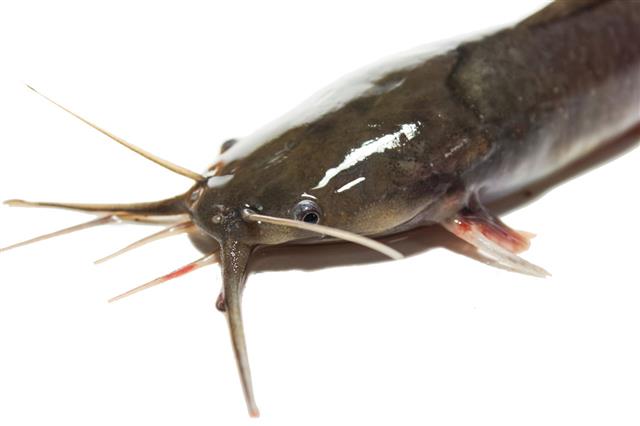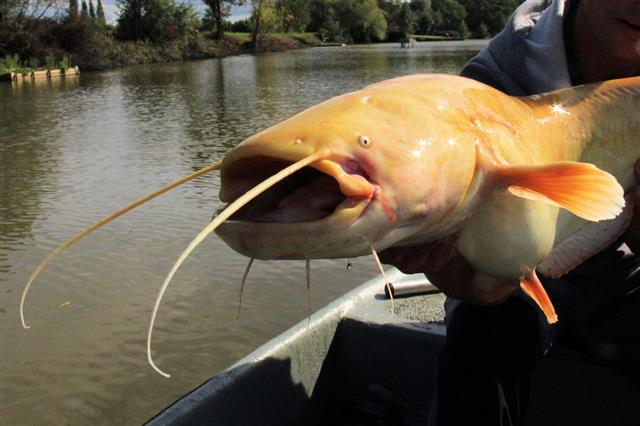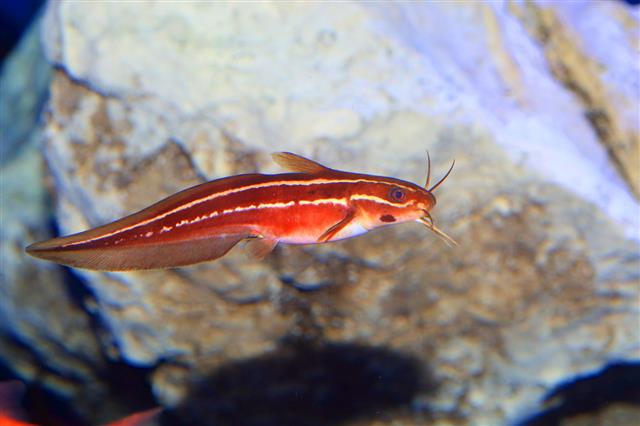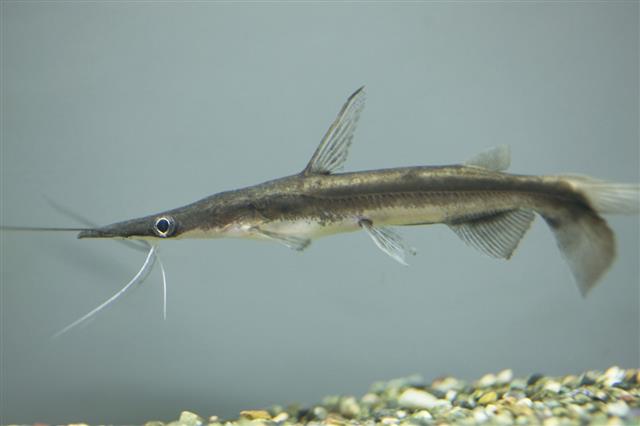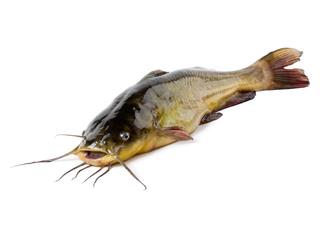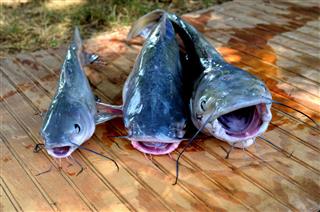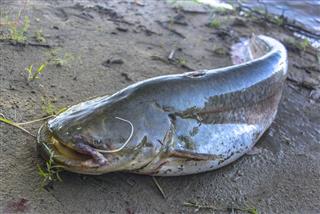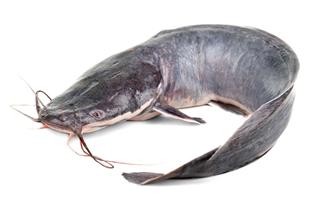
Have you ever considered uniting a brackish fish with your fish-family? Brackish fish are comparatively a neglected group for aquariums, yet they include some of the most unusual and entertaining fish around. PetPonder will take you through the different types of brackish aquarium fish.
Tips and Facts!
◙ Choose your fish carefully!
◙ The aquarium should be as large as you can afford, as brackish water fish require more room than freshwater ones.
◙ Brackish water fish are easy to feed and readily adapt to changes and water conditions.
Brackish water is the result of saltwater meeting freshwater. The term ‘brackish’ is an adjective to describe water that is ‘salty’ or ‘briny’, but not full of salt. It has the salinity level between freshwater and sea water. The salinity level of world’s marine water is between the range 32-35 parts per thousand. Therefore, the salinity of brackish water should be lower than this range. It is found everywhere where the inland freshwater streams and springs meet the ocean i.e. estuaries. The pH of the water should range from 7.5-9.5. The fish that dwell in brackish waters form a distinct group, and have adapted to the chemical properties of the water over the years. Mangroves are also the places where brackish water is formed, and as a result, fish can be found dwelling there too. There are a myriad of choices for fish to be kept in the brackish aquarium, especially at very low salinity levels. Let’s take a look at the list of brackish water fish that you can consider as an addition into your family.
Brackish Water Fish
Guppy
Binomial name: Poecilia reticulata
pH: 6.8-7.8
Temperature: 25.5-27.8 °C (78-82 °F)
The guppy is also known as the million fish or rainbow fish because of their multicolored fins and scales. The size of the male guppies is 1.5-3.5 cm long and females is 3-6 cm long. They can survive in the salinity levels up to 150% that of normal seawater. They are best suitable for 10-20 gallons long tank.
Sailfin Molly
Binomial name: Poecilia latipinna
pH: 7-7.4
Temperature: 24-27 °C (75-80 °F)
The sailfin mollies are small-sized fish that inhabit brackish, fresh, and coastal waters. The males reach up to 4-5 inches in length and females, 5-6 inches. They can tolerate saline water up to 87 ppt. It can also breed in brackish waters with salinity of 25 ppt. An ideal tank should include a single male with females as males tend to be aggressive towards each other. A 45-gallon tank is recommended for sailfin mollies.
Pufferfish
Binomial name: Tetraodon biocellatus
pH: 7.5-8
Temperature: 22-26 °C (72-79 °F)
These fish best thrive in brackish water. The larger the water tank the better because these balloons like to swim! For a single pufferfish, around 15 gallons of water is needed, and 10 gallon extra for every puffer added. Make sure the tank does not contain any ammonia, nitrates should be under 20 ppm. These are best fish if you are looking for colorful, comical, and compact ones.
Mudskipper
Binomial name: Periophthalmus argentilineatus
pH: 7-8.5
Temperature: 25-30°C (77-86°F)
Mudskippers require at least 15 gallons of brackish water. Make sure that the tank has high humidity that is necessary for their survival, and build an aquarium high enough so that it doesn’t climb out by sticking onto the glass. They are semi-aggressive and spend a lot of time out of the water. They feed on live food.
Reedfish/Ropefish
Binomial name: Erpetoichthys calabaricus
pH: 6.5-7.5
Temperature: 23-30°C (73-86°F)
Also called Reedfish or snakefish, these medium-sized fish come in many shapes and sizes. They grow up to 15 inches in length. They have a flattened head and elongated bodies. The color and shape of the body make it snake-like.
Senegal Bichir
Binomial name: Polypterus senegalus
pH: 6.5-7.5
Temperature: 24 to 28°C (75 to 82°F)
These semi-aggressive fish, also known as dinosaur eel or dragon fish, require up to 90 gallons of water and grow up to 14 inches in length. They are nocturnal species with very poor vision, which is why hunt by smell. It can survive out of water for sometime, provided its swim bladder is kept moist. It is advisable to not keep your bichir with any other fish smaller than three inches.
African Moony
Binomial name: Monodactylus sebae
pH: 7.2-8.4
Temperature: 24 to 28°C (75 to 82°F)
The African Moony inhabits mangroves and estuaries. They grow up to eight inches in height, and need at least 75 gallons of water and a two-feet deep tank. The smaller ones can be kept in freshwater, and as and when they grow the salinity can be increased.
Archer fish
Binomial name: Toxotes jaculatrix
pH: 7-8
Temperature: 25-30 °C (77-86 °F))
Also known as Banded Archer fish, these fish have a unique ability of spitting water at insects above the water with some amazing accuracy. They require at least 55 gallons of water to live in, and a tall canyon is also recommended to prevent them from jumping out of the water. The average length of archer fish is about 12 inches.
Green Scat/Ruby Scat
Binomial name: Scatophagus argus
pH: 7.5-8.4
Temperature: 20-27.8° C (68-82° F)
The green scat is a large and attractive fish covered with bronze-silver spots. They usually grow up to 15 inches, and have a good appetite. They are curious, independent, and outgoing kind of fish. They need a minimum of 55 gallons water to live in.
Some More Brackish Aquarium Fish
Common Name – Binomial Name
- Black Molly – Poecilia sphenops
- Four-eyed Fish – Anableps spp.
- American Flagfish – Jordanella floridae
- Colomobian Shark Catfish – Hexanematichthys seemanni
- Australian Shark Catfish – Arius graeffei
- Berney’s Shark Catfish – Arius berneyi
- Common Toadfish – Tetractenos hamiltoni
- Green-spotted Puffer – Tetraodon nigroviridis
- Bumblebee Goby – Brachygobius xanthozonus
- Violet Goby, Dragon Goby – Gobioides broussonnetii
- Atlantic Mudskipper – Periophthalmus barbarus
- Knight Goby – Stigmatogobius sadanundio
- Orange Chromide Cichlid – Etroplus maculatus
- Green Chromide Cichlid – Etroplus suratensis
- Siamese Tigerfish – Datnioides microlepis
- Celebes Rainbowfish – Marosatherina ladigesi
- Silver Moony – Monodactylus argenteus
- Indian Glassy Fish – Parambassis ranga
- Targetfish – Terapon jarbua
- Hogchoker – Trinectes maculatu
Well, these were some brackish water fish that you can keep in your aquarium. After setting up and becoming acquainted with your brackish water aquarium, you can’t help, but fall for these little colorful and wonderful creatures that will entertain you and brighten up your day!
